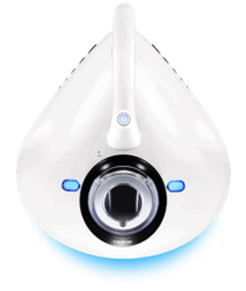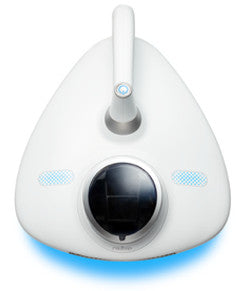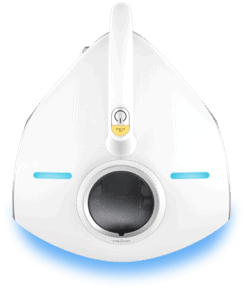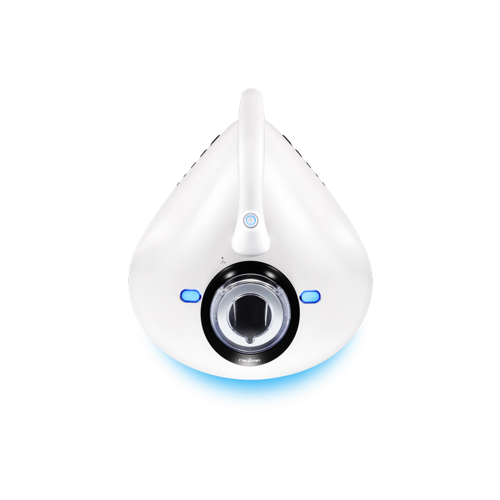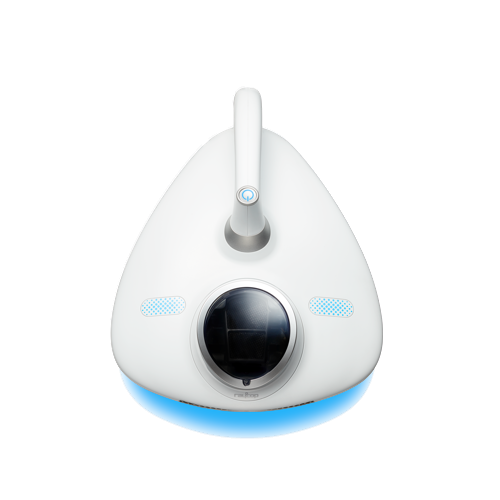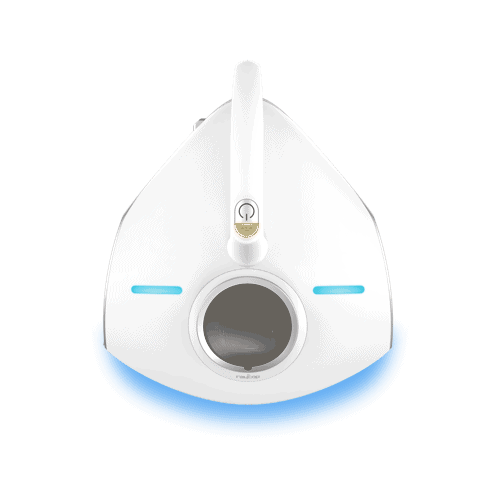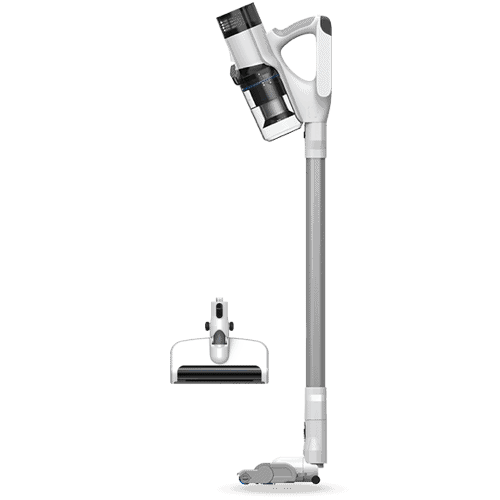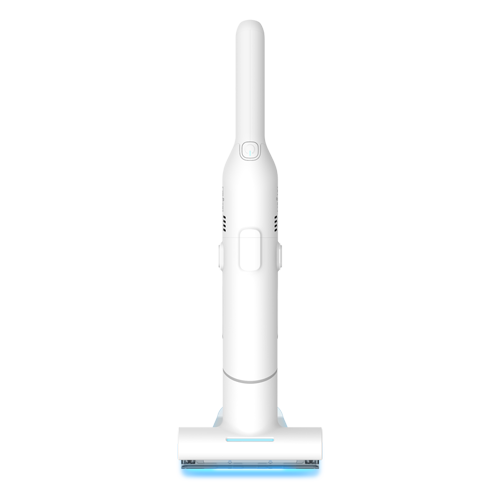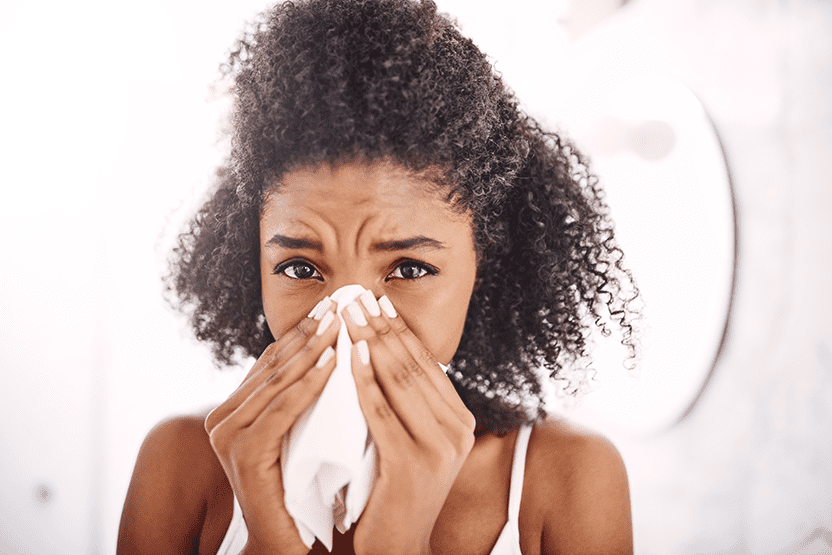Are You (or Your Pets) Allergic to Dust Mites? Symptoms and Prevention
by Lorna Hordos
If you find yourself sneezing and sniffling occasionally or even year-round, the root of your allergies may lie inside your home instead of outside: dust mites. Oftentimes, the microscopic arachnids are the cause of congestion or other unpleasant symptoms, not just for you and your two-legged loved ones but your beloved pets, too.
Rather than continue to traipse around in an allergy-driven fog, learn how to reduce sinus symptoms and prevent further flare-ups. Chances are, when you get your dust allergies under control, your ability to sleep and function normally at home and at work will improve — and you can put your absurd amount of tissue-buying dollars to better use. Here’s what you need to know.
How Little Dust Mites Cause Big Trouble
We shed about 75 pounds of dead skin cells in a lifetime. Not only are the skin particles a common cause of house dust, but they’re also what dust mites like to feed on. What goes in must come out, and it’s the proteins in dust mite poop (and their decaying carcasses) that trigger allergic reactions in their human “salad bars,” explains Mayo Clinic. Keeping these off-putting culprits to a minimum is good hygienic practice (regardless of whether you have symptoms of dust allergies).
Symptoms of Dust Mite Allergies
Telltale signs of a hypersensitive immune system response or common allergies, such as a dust-mite allergy, include sniffling, sneezing, congestion, itchy eyes, itchy nose, coughing, facial pressure, post-nasal drip and dark circles under your eyes. One difference between the common cold and a dust allergy is that the latter often lasts more than a week, causing symptoms for several weeks, months or even indefinitely.
See your doctor if you develop complications like a sinus infection or if you develop severe symptoms, such as difficulty sleeping or breathing, pain in your chest or wheezing when you exhale, which could indicate asthma.
Protecting Pets from Mites
Pet dander is a common allergen for people, but your furry friends are susceptible to allergies, too. Symptoms of a dust mite allergy in pets, however, may differ from those in us. Our dogs or cats can’t tell us they’re suffering, so watch for lesions, excessive grooming or acne around the chin.
Preventing dust mite allergies in pets involves the same cleaning processes for preventing such health concerns in humans. Regularly vacuum and launder the areas they frequent, their bedding and soft toys. As treatment, your vet may prescribe antihistamines or immunotherapy.
Dust mites thrive in humid conditions, so you’re more likely to experience symptoms of an allergic response to them when the weather cools, when you crank up your home’s heat and keep windows closed. Shutting off your furnace and letting the cold winter air flow through your home is unrealistic (not to mention costly and reckless), but there are practical ways to fight off mites and prevent allergic reactions.
Preventing Common Allergies
When it comes to dust mites, prevention and education are the best medicine. Knowing that dust mites appreciate warm, humid homes and especially soft places — beds, rugs, cushy furniture — lets you plan your attack. Arm yourself with a good vacuum system that has a HEPA filter to trap virtually all allergens, including dust mites, pollen and pet dander.
A vacuum with a UV sanitizing head attachment, such as a RAYCOP allergen vacuum, also reduces viruses and bacteria that cause your immune system to backfire (and various other ailments). Vacuum hard and soft surfaces with a suitable appliance and the right attachments, focusing on bedding and mattresses, upholstered furniture, draperies and rugs.
A few other ways to prevent allergies at home:
- Clean hard surfaces with a damp rag or mop, or use a static duster. Dry dusting, such as with a feather duster, is a no-no because it stirs up fine particles, sending them back into the air to settle elsewhere.
- Invest in mattress and pillow covers, and a portable air cleaner for your bedroom.
- Replace a standard furnace filter with a HEPA filter.
- Use a dehumidifier to reduce excess moisture in the air, preferably to around 50 percent.
- Launder regular bedding weekly, using the washer and dryer’s hot or sanitize settings. Launder bedroom draperies at least a couple times each year, according to the manufacturer’s label.
Fighting dust is an ongoing job, and you’ll stir up particles during each “shift.” Wearing a dust mask reduces your exposure. Look beyond the home to areas that may be susceptible to dust mites, including soft outdoor furniture and your car’s interior; vacuum and clean these places regularly, as well.
Treatment for Dust Mite Allergies
It’s impossible to completely rid any home of dust, even with the best cleaning efforts. If your symptoms persist, seek treatment from your doctor, which may include a prescription for an antihistamine, corticosteroid or decongestant.
Knowing how to spot symptoms of dust mite allergies and prevent them from recurring is a key to improving your furry and clothed occupants’ quality of life — and your allergy-plagued guests will be grateful, too.
Lorna Hordos is a home-improvement business owner and freelance writer. She has composed thousands of friendly, helpful home and business articles for numerous clients, including Kardiel, Lowes, Daltile, ModernMom, WordPress.com and Bizfluent.
